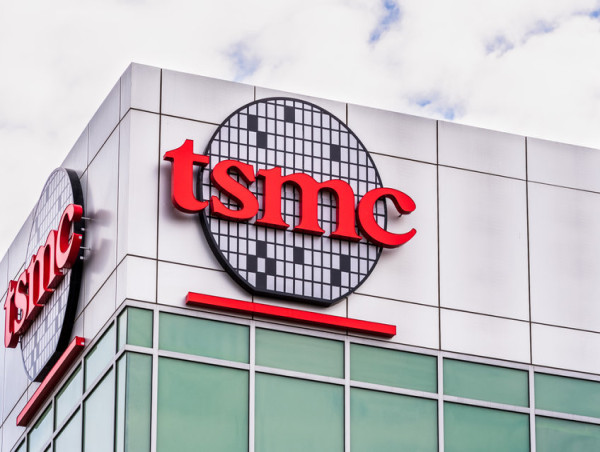Semiconductor companies are thriving this year as demand for artificial intelligence (AI) continued rising. Nvidia (NASDAQ: NVDA) stock has gone bonkers, giving it a valuation of about $3 trillion while Broadcom is valued at over $700 billion.
One way of investing in semiconductor companies is to allocate cash in exchange traded funds (ETFs). The Semiconductor Bull 3X Shares (SOXL) ETF has been the best-performing ETF in the industry in the past decade as it jumped by over 600%.
While the SOXL ETF is a good one, it also carries risks because of its substantial leverage and higher-than-average expense ratio. Therefore, if you are not willing to take this risk, you may consider investing in generic funds like the VanEck Semiconductor ETF (SMH) or the iShares Semiconductor ETF (SOXX).
These ETFs are quite similar in that they track the biggest semiconductor ETFs in the United States and have a similar expense ratio of 0.35%.
They also track similar companies, with the biggest names being companies like Nvidia, Broadcom, Qualcomm, and Applied Materials.
The only difference is how these companies are weighted. Nvidia, Broadcom, and Qualcomm are the biggest part of the SOXX ETF, accounting for 10%, 8%, and 7.3% of the fund.
Nvidia, Taiwan Semiconductor, and Broadcom are the biggest parts of the SMH ETF, with a share of 24.2%, 12.7%, and 7.4%, respectively. This means that the SMH is more exposed to Nvidia than SOXX.
As a result, the SMH fund has done better than SOXX over the years. Its total return in the past five years stood at over 433% while the SOXX has jumped by 320%. The same happened in the past 12 months as the SMH returned 75% against 50%.

SOXX vs SMH 5-year performance
Therefore, based on the historic performance, the SMH ETF has been the better performer. Its worst year in the past decade was in 2022 when it plunged by over 33%. SOXX dropped by 35% in that period. Before that, the SOXX ETF dropped by 6.48% in 2008 while the SMH fund dropped by 9%.
Past performance is not always an indicator of future performance. However, I believe that it makes sense to invest in assets that have demonstrated strong performance in the past. This makes the SMH a better investment than SOXX, which explains why it has accumulated over $22.9 billion in assets while SOXX has over $15 billion.
The post SMH vs SOXX: Better semiconductor ETF to buy? appeared first on Invezz






